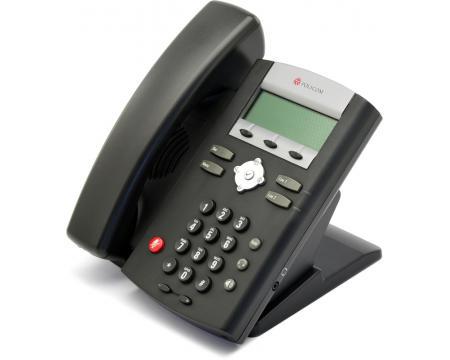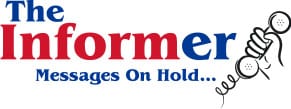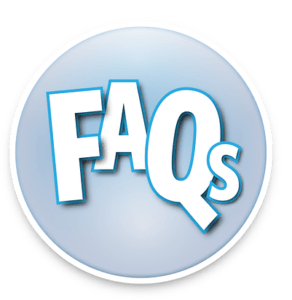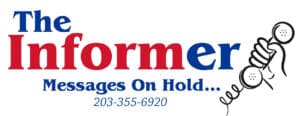 When it comes to Business Telephones in Connecticut businesses like yours often forget some of the secrets that can make every call, every customer interaction, more successful. The good news is that these secrets are simple to implement, and can improve every call today.
When it comes to Business Telephones in Connecticut businesses like yours often forget some of the secrets that can make every call, every customer interaction, more successful. The good news is that these secrets are simple to implement, and can improve every call today.
Technology has given you lots of ways to try to communicate: blogging, email, text, instant messaging, and chat, but actually talking with people is still proven to be the most effective, productive and straightforward way to “get the job done.”
Business Telephones in Connecticut are a marketing tool
Business telephone conversations are less common today than in years past. Why?
- Many business people in Connecticut consider text or email communications less stressful. Since you’re in control of if and when you respond, these written communications put much less pressure on you.
- We frequently multitask. Multitasking seems like a great way to get a lot done, but research has shown it can actually be up to 40% less effective.
Accomplishing your goals on business telephone calls is (and always has been) challenging. But with practices, and simple steps, it can be an effective sales approach.
Three secrets you’re probably forgetting
There are lots of simple practices that make your business telephone communications more effective, starting on your next call.
- Make it easy for the customer to reach you. This means operating on a consistent schedule, and during hours that are convenient for your customer. How many times have you called a “government agency” office, only to find that their hours are “9 to 5” and even take an hour off for lunch? Put yourself in your customers’ shoes: when is it most convenient for them to contact you? Be sure that you’re available when they call.
Then, think about what happens when customers call: do they reach a “live” person, or a recorded greeting? Live operators are expensive, and many businesses prefer an automated answering system. If you do use the automated feature on your phone system (or VoIP System) remember that they seldom help the caller better, so it’s a good idea make them as user friendly as possible.
a. Make sure your greeting sounds great. You can record it yourself, or get a professionally recorded greeting
b. Multiple levels of “options” can be annoying and unhelpful. Limit the number of different options to those that are absolutely necessary. - Nearly 8 in 10 people rank an “efficient resolution to their issue” among their top three traits they value. Your experience will often show what your Frequently Asked Questions (FAQ) are. Train your staff to be able to knowledgeably and effectively help your callers without having to seek “additional resources” (an industry term that means “asking someone who actually knows”)
- Plan for the “Total Customer Experience.” We all know that some business telephone calls are placed on hold. Research shows that 69% of business telephone calls are placed on hold. And callers rank being kept on hold (57%) in their top three issues. Make hold time more interesting and effective by offering helpful messages on hold that can even solve their problem.
Accomplish more on every phone call
You can accomplish more on every phone call when you remember that every caller is a customer. Simple steps can make your interaction with your customer better for them, and for you. Try these steps today, and you’ll see the difference.
Need help with Messages on hold
Professional greetings and messages on hold are shown to be effective marketing tools. You can discover how they’ve worked for others in your industry by calling for your Free Discover Session with a certified marketing professional. In Connecticut call (203) 655-3920. Nationwide call (800) 862-8896.



 7 Year Chamber Ambassador
7 Year Chamber Ambassador